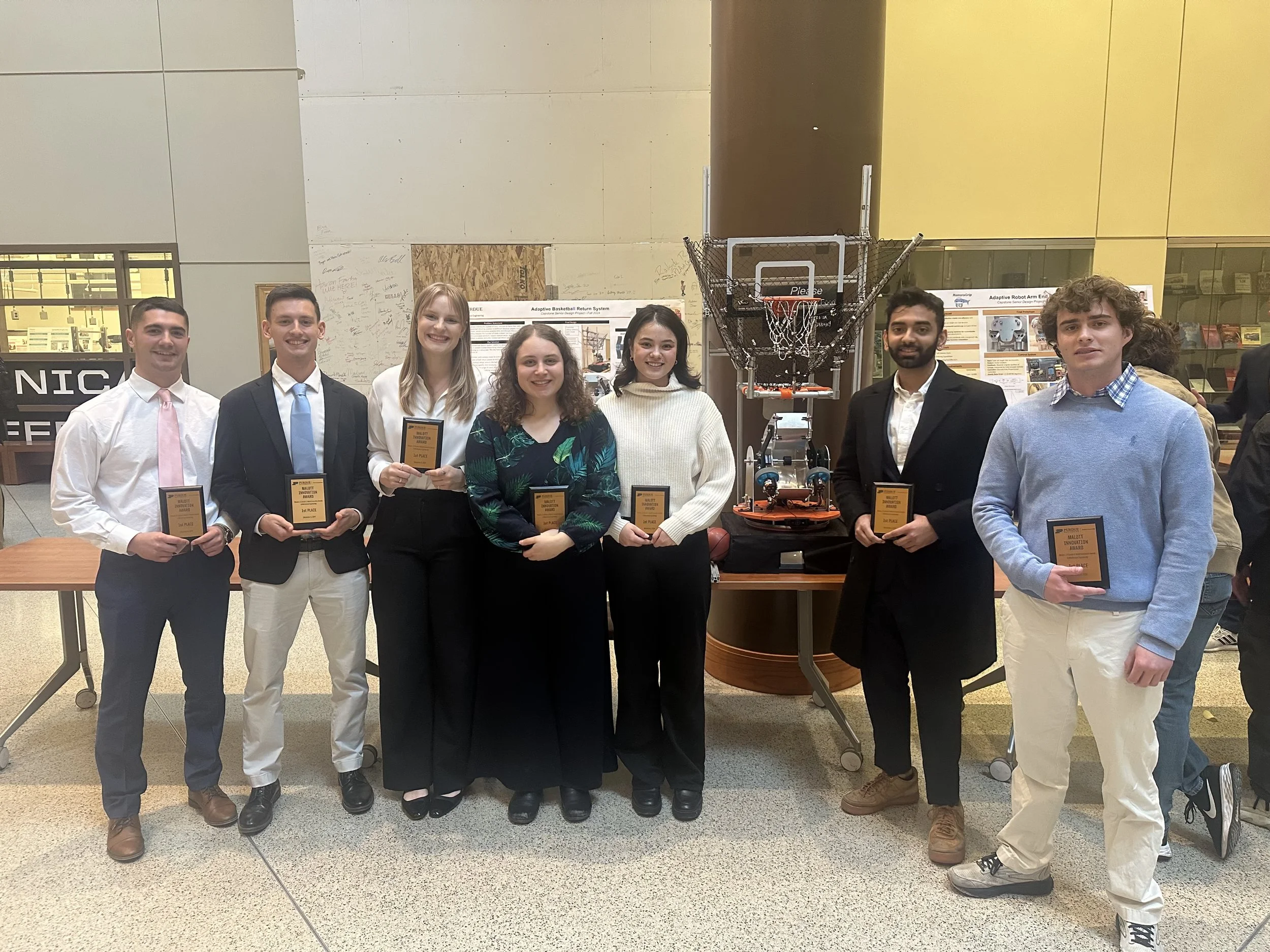"High-speed and high-accuracy 3D surface measurement using a mechanical projector," Opt. Express (2018)
/J. -S. Hyun, George T. -C. Chiu and S. Zhang, "High-speed and high-accuracy 3D surface measurement using a mechanical projector," Opt. Express, 26(2), 1474-1487 (2018); doi:10.1364/OE.26.001474
Abstract
This paper presents a method to achieve high-speed and high-accuracy 3D surface measurement using a custom-designed mechanical projector and two high-speed cameras. We developed a computational framework that can achieve absolute shape measurement in sub-pixel accuracy through: 1) capturing precisely phase-shifted fringe patterns by synchronizing the cameras with the projector; 2) generating a rough disparity map between two cameras by employing a standard stereo-vision method using texture images with encoded statistical patterns; and 3) utilizing the wrapped phase as a constraint to refine the disparity map. The projector can project binary patterns at a speed of up to 10,000 Hz, and the camera can capture the required number of phase-shifted fringe patterns with 1/10,000 second, and thus 3D shape measurement can be realized as high as 10,000 Hz regardless the number of phase-shifted fringe patterns required for one 3D reconstruction. Experimental results demonstrated the success of our proposed method.



